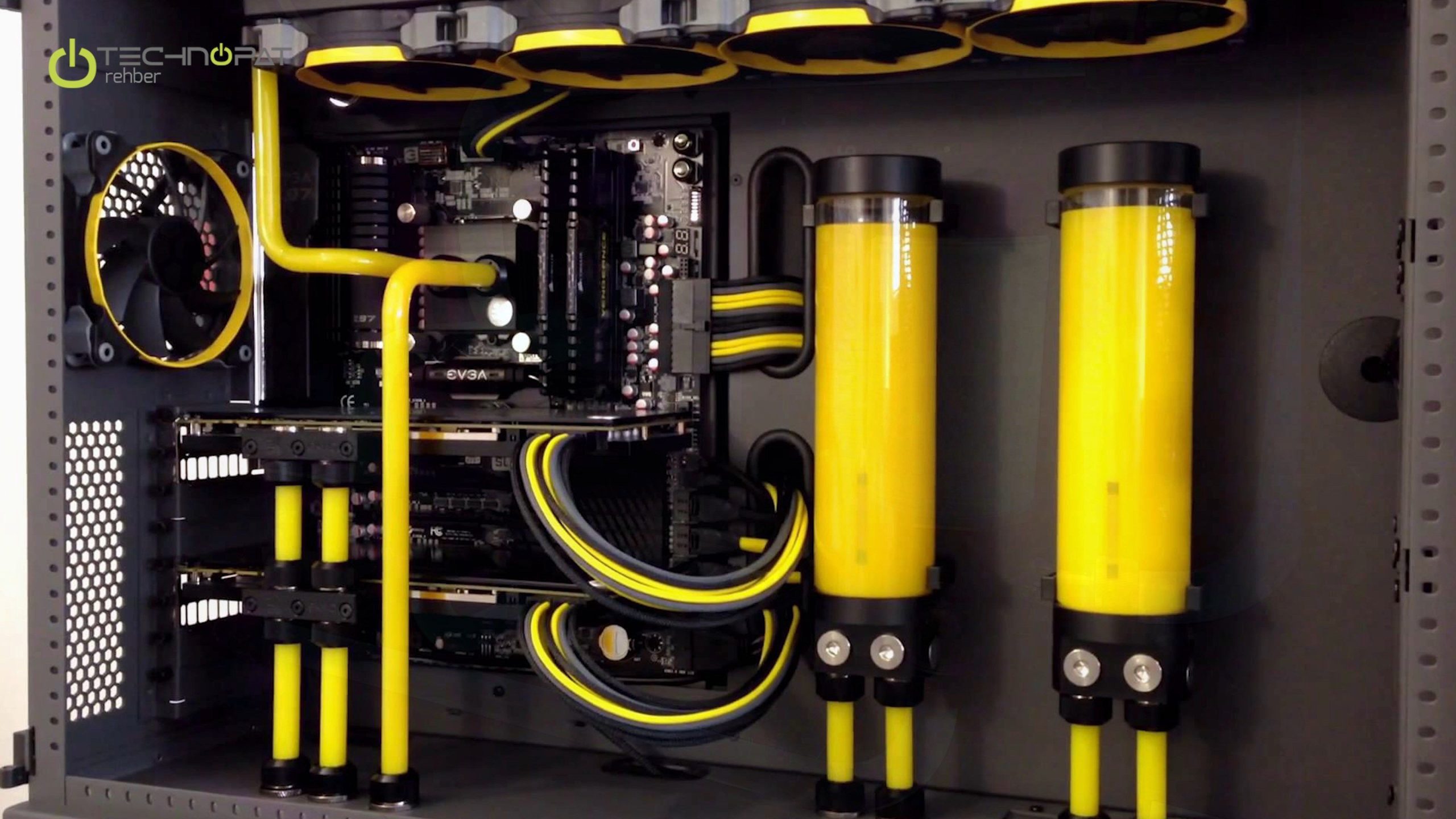Commercial Air Cleaners and Purifiers
Commercial air cleaners help reduce respiratory illness by filtering harmful bacteria, viruses and spores. They also improve workplace performance and efficiency by reducing sick days and absenteeism.
Look for a model with a high CADR, meaning it can produce multiple air changes per hour. Large spaces may require multiple large portable models for proper air filtration.
HEPA Filtration
Most commercial air purifiers have a HEPA filter, which removes microscopic airborne particles that irritate the nose and throat. These include pollen, mold spores, dust and pet dander. This type of filter is extremely effective at trapping these airborne allergens, and can dramatically improve symptoms for people with allergies or asthma.
HEPA filters are composed of dense forests of tangled fibers, usually pressed into sheets and folded into pleats to increase surface area. Air flows through these fibers and most particles get trapped as they sway and maneuver through the twists and turns of the filter.
However, the HEPA filter cannot capture gaseous pollutants like chemicals, fumes and odors. If you see an air purifier that claims to eliminate odors and VOCs, it is likely using a hybrid filter with both a carbon and HEPA filter. Most of these filters also use a pre-filter that captures larger particles and prevents them from blocking the pores of the main HEPA filter, prolonging its life.
Activated Carbon Filtration
Carbon air filters use adsorption to trap harmful chemicals, fumes and odor molecules in the filter. The adsorption process is much like how a sponge works when it absorbs water, but it’s different on a molecular level. This allows carbon to be highly effective at removing gases from the air, improving indoor air quality.
To make carbon filtering more effective, it’s treated with a process called activation. This involves injecting carbon with hot air, carbon dioxide or steam that opens up millions of tiny pores and increases the surface area. This makes it more capable of binding harmful substances, making it ideal for a commercial air cleaner.
The amount of carbon used in the filter also matters. The more carbon, the more pollutants it can capture and hold on to. The best type of carbon is loose-fill, which means the carbon is in actual pieces and not just bonded together. This gives it the ability to adsorb more pollutants, which in turn improves indoor air quality.
Air Quality Sensors
Air quality sensors are used to detect and measure a variety of indoor air pollutants, volatile organic compounds and dangerous gases. They can also monitor temperature, relative humidity and carbon dioxide (CO2) in order to optimize HVAC system operation, minimize energy costs and ensure occupant health and comfort.
They can be used to control commercial air cleaners and can provide real-time data for analysis and reporting purposes. Smart-enabled monitors can also be connected to Camfil air purification solutions to automatically trigger them to reduce harmful pollutants and odors when the ambient conditions in the space exceed predefined thresholds.
Rather than relying on CADR estimates to select DIY or commercial air cleaners, building occupants should consider purchasing low-cost PM sensors that can be carried around the room and outside to observe the effects of specific activities (e.g., cooking and cleaning), as well as specific outdoor events (e.g., smoky skies or rush hour traffic). The sensor will then report the PM concentrations for display on an interactive screen or app and send alerts when filter changeout is required.
Clear Control Panels
The easy-to-use touch screen panel provides real-time data and allows for system maintenance notifications. Control up to 32 industrial air cleaners & purifiers from one central location. Monitor blowers & static pressure, filter service, system maintenance and more.
Manufacturers must notify CARB whenever a new distributor, retailer, or seller is added to their distribution network. Notification should be made as soon as the relationship becomes apparent and before the distributor begins selling or distributing the device in commerce.

